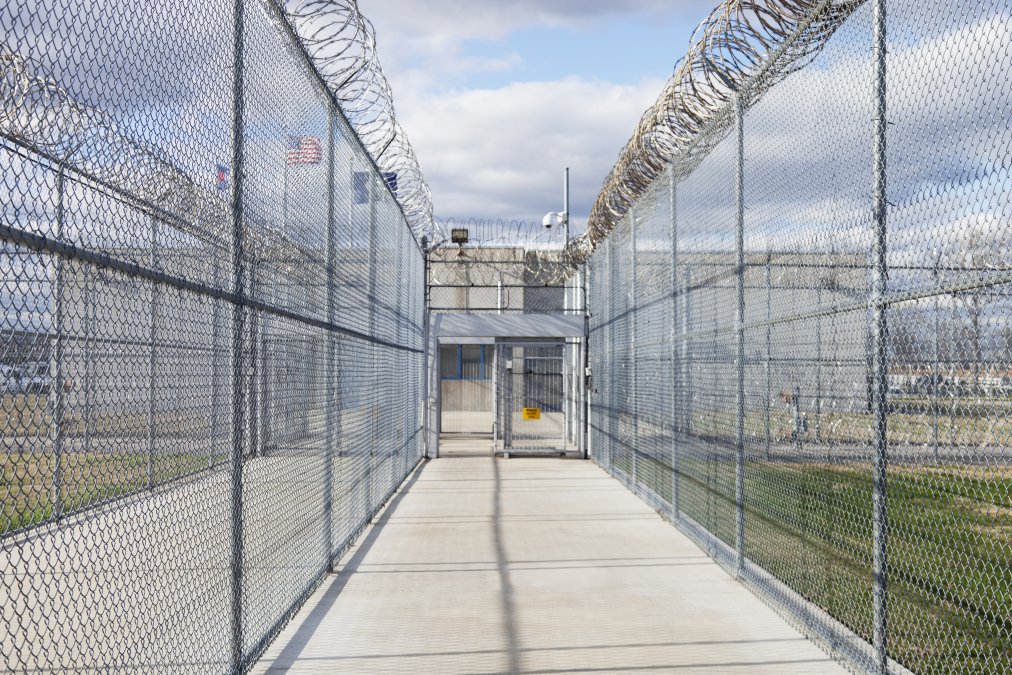While we have been supporting workers in our own community over the past few weeks, another remarkable and important labor event has been unfolding across the country. October 9 marked one month since thousands of prisoners, in as many as 29 institutions across the country, began a coordinated national labor strike.
On the thirty-fifth anniversary of the Attica Prison uprising, thousands of inmates in a dozen states staged a coordinated work stoppage to protest what by all accounts are deplorable and sometimes unconstitutional living and working conditions. Since the protests began, upwards of 24,000 inmates have participated by refusing to attend to work assignments and engaging in other forms of civil disobedience. In many places, citizens and even prison guards have participated in solidarity protests.
These types of national prison strikes are rare. And understandably so. Large-scale protests are incredibly difficult even under the best conditions: when organizers have cell phones and internet access, when they live in their own homes, without fear of physical and legal retaliation. Incarcerated organizers with the Free Alabama Movement and the Incarcerated Workers Organizing Committee have none of those privileges. Many were transferred or placed in solitary confinement before the events kicked off, and others have faced prison lockdowns and severe disciplinary action over the past month.
The action—both a traditional labor strike and a criminal justice protest—has drawn much needed attention to the problems in a prison labor system that operates in institutions across the country. Inmates in state and federal prisons have no right to refuse work and can be compelled to work under the threat of severe punishments. They regularly work for as little as 12 to 40 cents per hour—or, in three states, for nothing at all.
The stereotypical image of the prison laborer usually involves government work: an inmate making license plates or picking up trash on the side of the highway. But prison labor has become increasingly intertwined with private business interests, ensuring that many consumers are more complicit than they realize in upholding these systems. Companies ranging from McDonalds to Victoria’s Secret use prison labor at various stage in their supply networks. Even companies that pride themselves on their socially-conscious identity aren’t immune. Whole Foods, for example, sold food made with prison labor until April of this year.
Politicians and prison administrators often argue that this type of labor is a valuable tool for rehabilitation. But low wages hinder re-entry for formerly incarcerated people in a number of significant ways. One of the clearest examples of how this plays out involves the significant debt that many inmates accrue while incarcerated, which they are unable to pay off when earning pennies per hour. In some states, the institutions themselves are responsible for these debts, requiring prisoners to pay for programs such as work release classes. In other states, indigent defendants must take on debt to pay for access to a public defender. As a great report by the Marshall Project discussed, at least one in five incarcerated prisoners have child support obligations, and many states view incarceration as a form of “voluntary poverty” that prevents them from lowering those costs. Prisoners making pennies per hour are hardly in a position to pay off those kinds of debts while in prison, and often find themselves with massive arrears upon release.
For inmates, collective action is vital, since they have little political or legal recourse for poor wages and unhealthy working conditions. Prisoners can be forced to work without pay, since they are clearly exempted from the protections of the thirteenth amendment (“Neither slavery nor involuntary servitude, except as a punishment for crime whereof the party shall have been duly convicted, shall exist within the United States”). Courts have also held that prisoners are not employees under the Fair Labor Standards Act or other employment statutes, and not entitled to protections such as the minimum wage. In 1977, the Supreme Court in Jones v. North Carolina Prisoners’ Labor Union held that prisoners did not have a right to join labor unions, through which they might bargain with prisons over labor conditions.
Paying inmates a decent wage for their work would go a long way towards improving the conditions of incarceration, while also easing the difficulties of re-entry. The inmates and laborers involved in the national prison strike have put themselves at risk in order to improve their circumstances and raise important questions about workers’ rights and criminal justice in the United States. In a media season that has generally been characterized by stories of presidential politics, we should not lose sight of those efforts.

